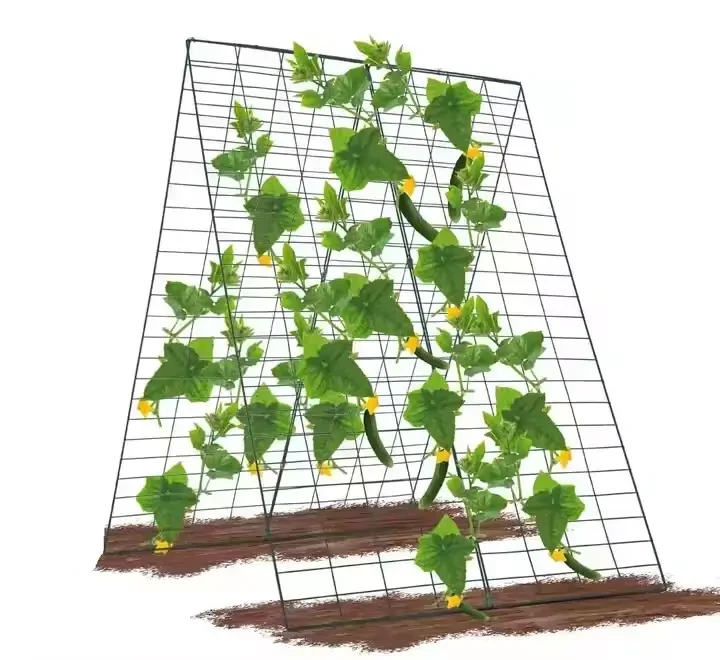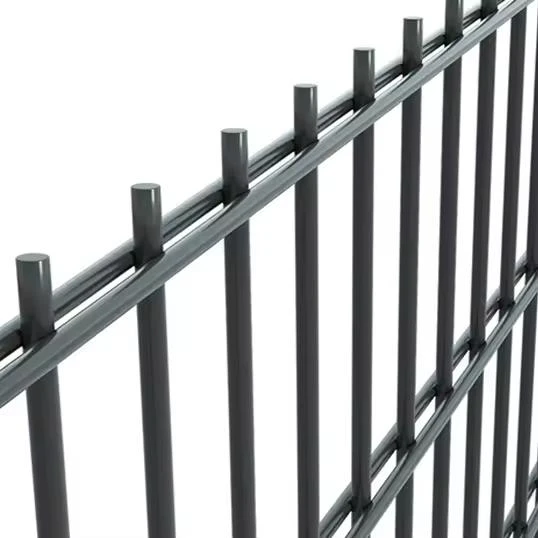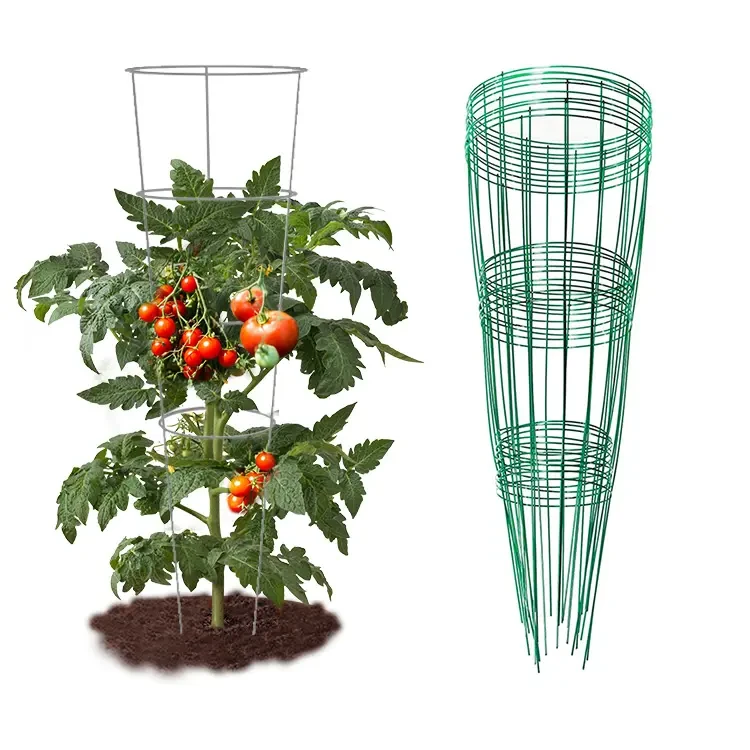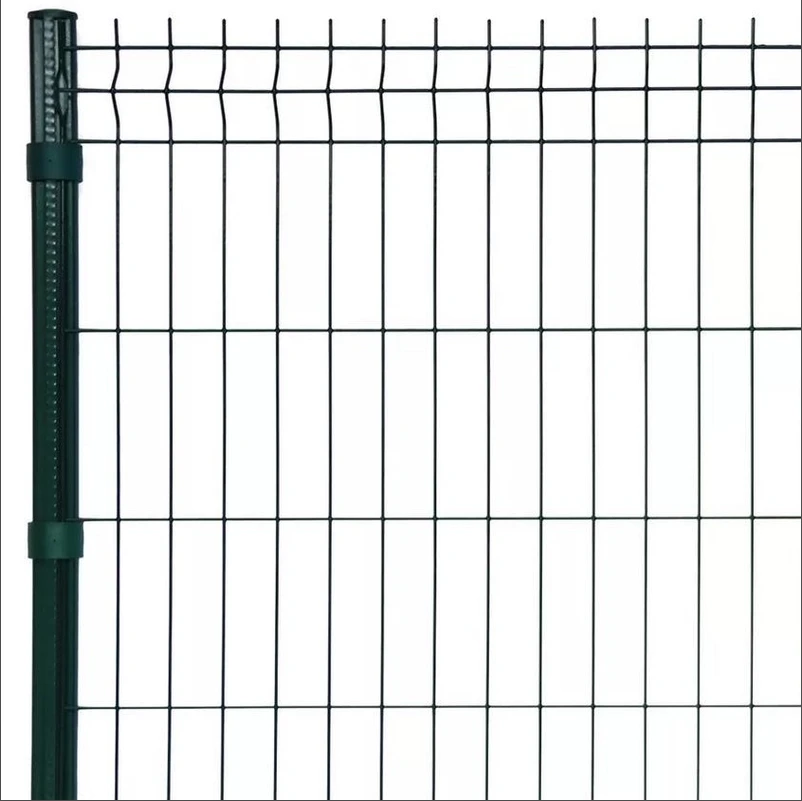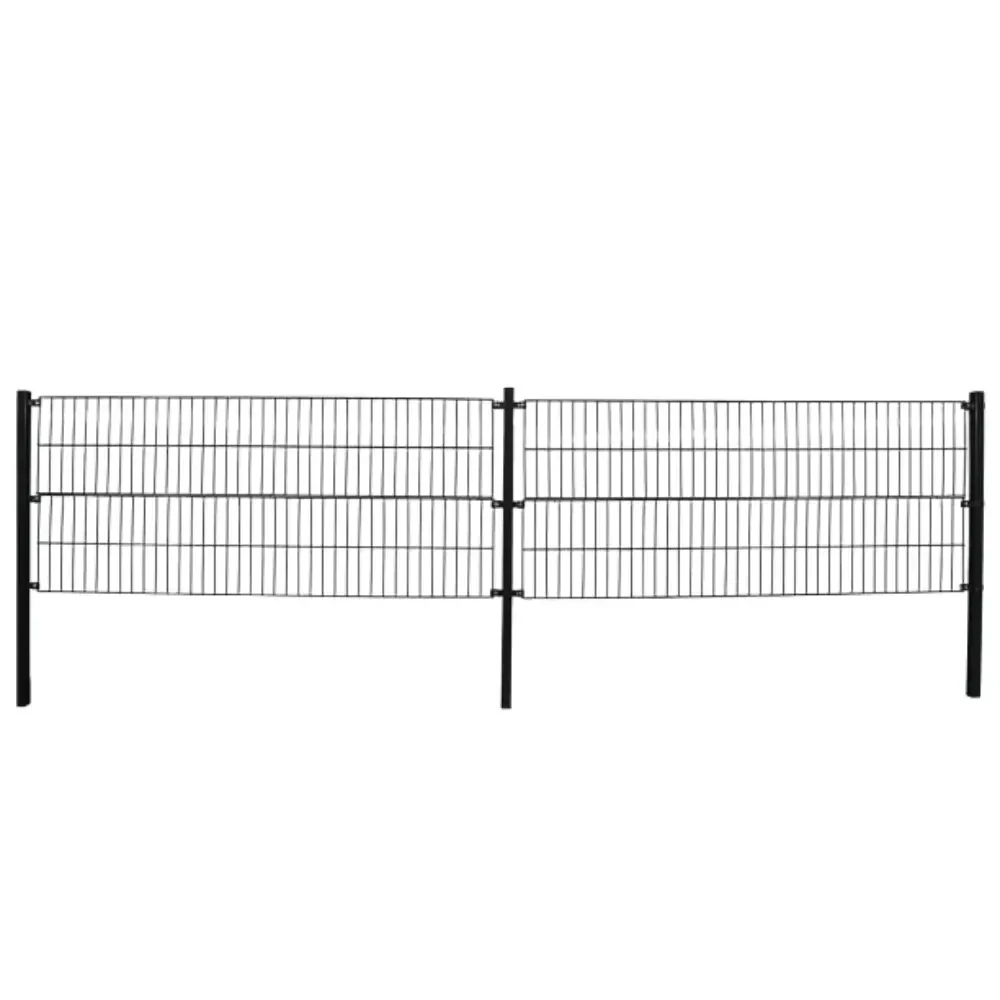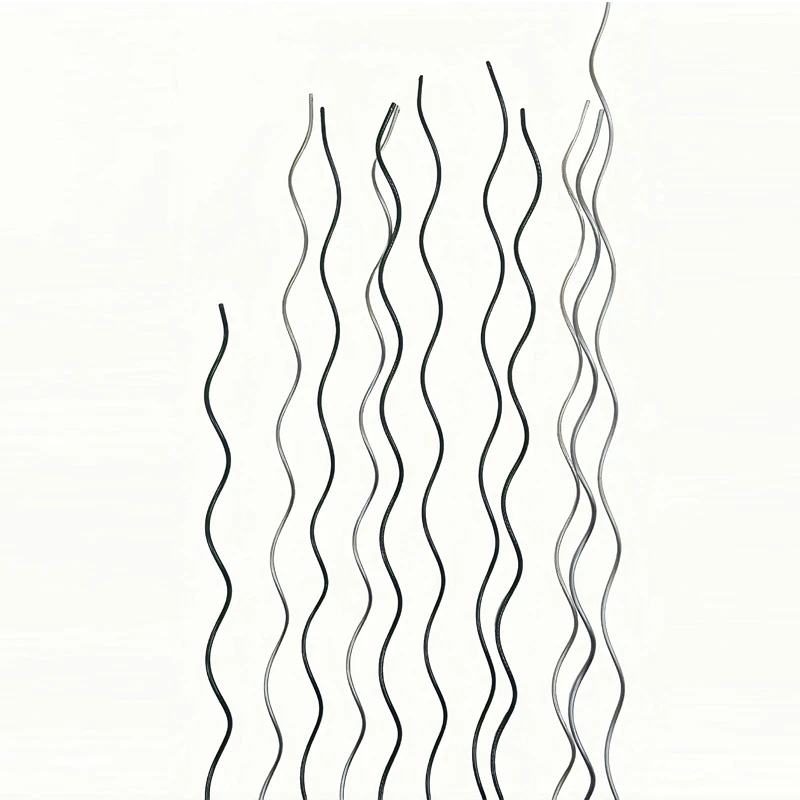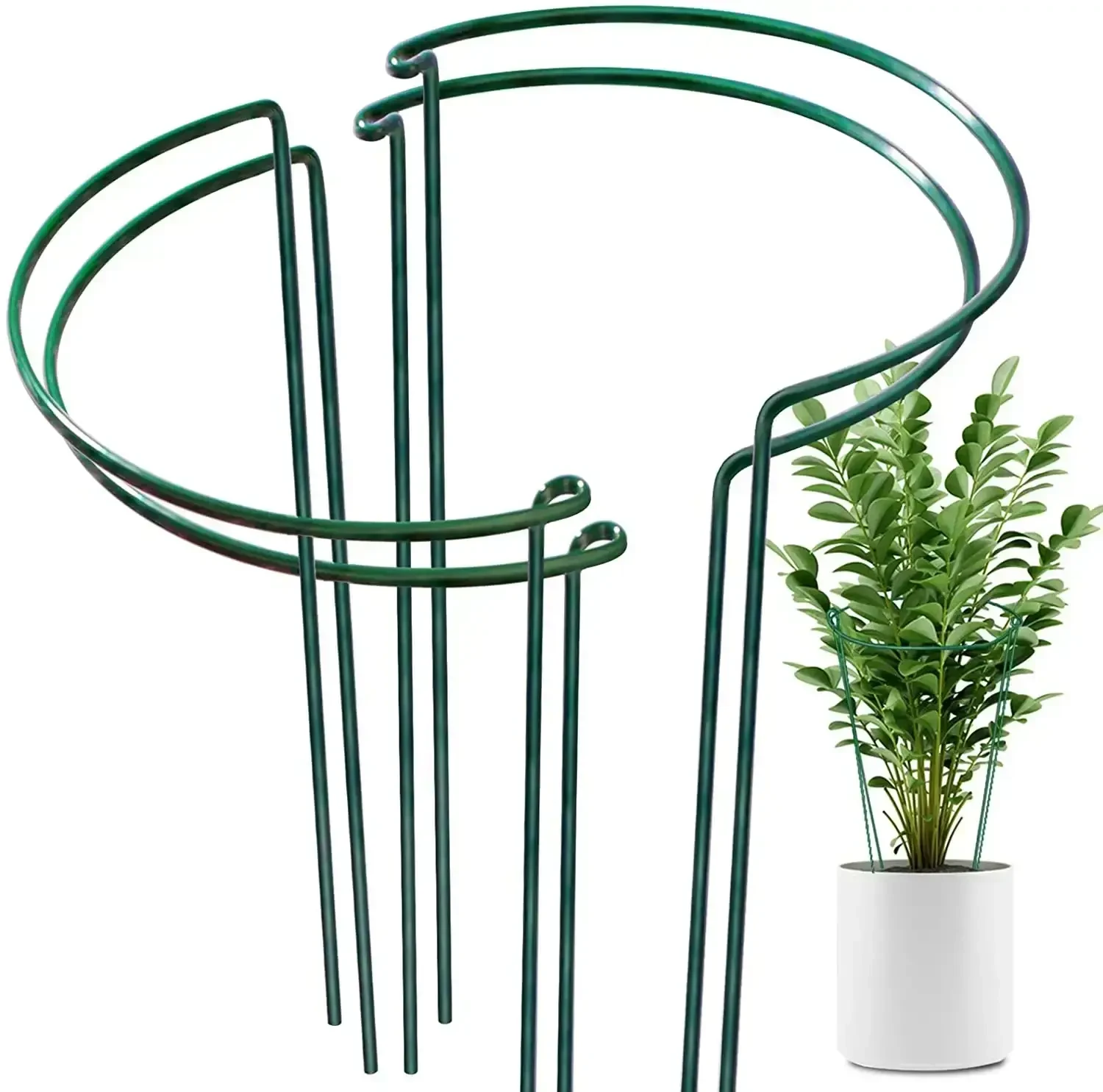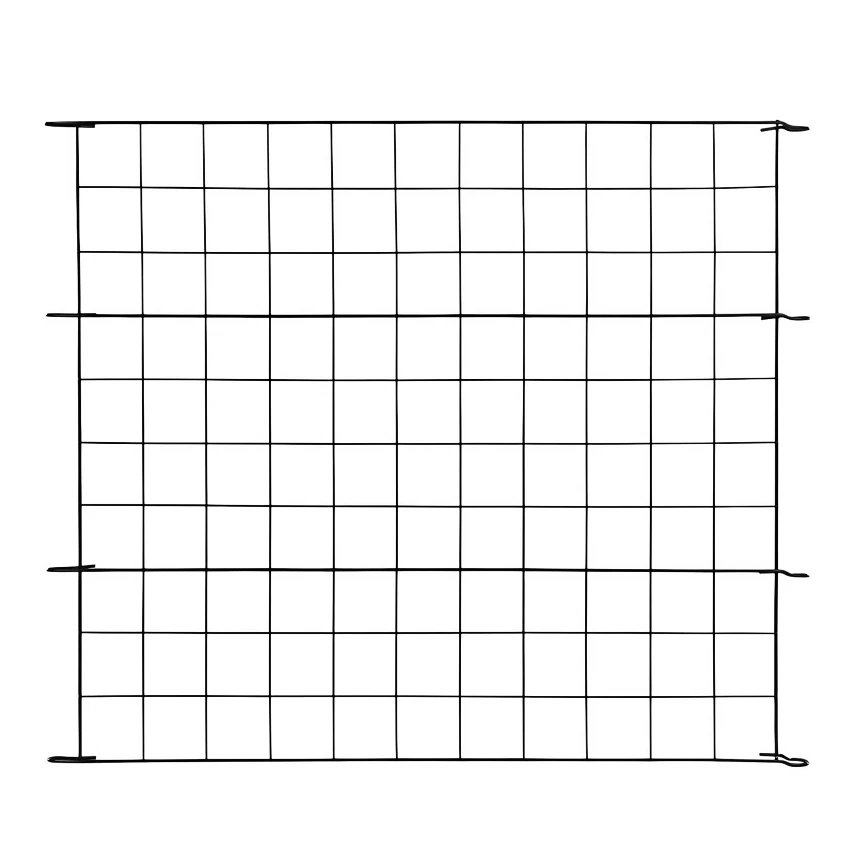-

-
 Whatsapp:+86 17732187393
Whatsapp:+86 17732187393 -


- Afrikaans
- Albanian
- Amharic
- Arabic
- Armenian
- Azerbaijani
- Basque
- Belarusian
- Bengali
- Bosnian
- Bulgarian
- Catalan
- Cebuano
- Corsican
- Croatian
- Czech
- Danish
- Dutch
- English
- Esperanto
- Estonian
- Finnish
- French
- Frisian
- Galician
- Georgian
- German
- Greek
- Gujarati
- haitian_creole
- hausa
- hawaiian
- Hebrew
- Hindi
- Miao
- Hungarian
- Icelandic
- igbo
- Indonesian
- irish
- Italian
- Japanese
- Javanese
- Kannada
- kazakh
- Khmer
- Rwandese
- Korean
- Kurdish
- Kyrgyz
- Lao
- Latin
- Latvian
- Lithuanian
- Luxembourgish
- Macedonian
- Malgashi
- Malay
- Malayalam
- Maltese
- Maori
- Marathi
- Mongolian
- Myanmar
- Nepali
- Norwegian
- Norwegian
- Occitan
- Pashto
- Persian
- Polish
- Portuguese
- Punjabi
- Romanian
- Russian
- Samoan
- scottish-gaelic
- Serbian
- Sesotho
- Shona
- Sindhi
- Sinhala
- Slovak
- Slovenian
- Somali
- Spanish
- Sundanese
- Swahili
- Swedish
- Tagalog
- Tajik
- Tamil
- Tatar
- Telugu
- Thai
- Turkish
- Turkmen
- Ukrainian
- Urdu
- Uighur
- Uzbek
- Vietnamese
- Welsh
- Bantu
- Yiddish
- Yoruba
- Zulu
Versatile Applications of WPC Plastic Boards for Modern Construction and Design
Understanding WPC Plastic Board A Sustainable Choice for Modern Applications
Wood Plastic Composite (WPC) boards have revolutionized the construction and manufacturing industries. Combining the best properties of wood and plastic, WPC is an innovative material that offers strength, durability, and versatility. As awareness of environmental concerns grows, WPC boards present a sustainable alternative to traditional materials.
What is WPC?
WPC is a composite material made from a combination of wood fibers or flour and thermoplastic polymers, such as polyethylene, polypropylene, or polyvinyl chloride. The blend allows WPC boards to inherit the natural aesthetics of wood while retaining the durability and resistance characteristics of plastic. This synergy results in a material that is not only functional but also visually appealing.
Key Benefits of WPC Boards
1. Durability One of the most significant advantages of WPC is its resilience. Unlike traditional wood, which can rot, warp, or split, WPC boards resist moisture, insects, and weather-related wear. This durability makes WPC an ideal choice for outdoor applications like decking, fencing, and cladding.
2. Low Maintenance WPC boards require minimal upkeep compared to wood. They do not need regular sealing, staining, or painting, which saves time and money. A simple wash with soap and water is often sufficient to keep them looking fresh.
3. Eco-Friendly WPC boards are made from recycled materials, which contribute to reducing waste. By utilizing wood scraps and plastic waste, WPC helps minimize the environmental impact associated with conventional wood harvesting and plastic production. Furthermore, the production process generates lower emissions than that of traditional building materials, aligning with sustainable construction practices.
4. Versatility WPC boards come in various colors, textures, and finishes, making them suitable for a wide range of applications. They can be used for decking, railing, furniture, and even interior design. The ability to customize WPC to meet specific aesthetic requirements makes it a popular choice for architects and designers.
wpc plastic board

5. Safety Features Many WPC products are designed to be slip-resistant, which is particularly important for outdoor environments. Additionally, WPC does not splinter, ensuring safety for children and pets, making it an excellent choice for residential areas.
Applications of WPC Boards
WPC boards are used in numerous applications across various industries. Here are some common uses
- Decking WPC decking has gained immense popularity in residential and commercial outdoor spaces. Its resistance to moisture and UV rays makes it an excellent choice for patios, balconies, and poolside areas.
- Fencing Thanks to its durability and low maintenance, WPC is increasingly used for fencing solutions. It provides privacy and security without the hassle of regular upkeep.
- Cladding With the modern architectural focus on aesthetics, WPC siding offers an attractive finish for exterior walls. It mimics wood while providing the longevity of plastic.
- Furniture WPC is also finding its way into indoor and outdoor furniture. Its lightweight nature and resistance to outdoor elements make it an ideal material for garden furniture, benches, and tables.
Conclusion
In conclusion, WPC plastic boards are a pioneering material that combines the best of both worlds—wood and plastic. They offer a sustainable, versatile, and durable solution for various applications while aligning with the growing demand for environmentally friendly products. As technology advances and the construction industry continues to evolve, WPC boards are poised to play a significant role in shaping the future of building materials. Whether you are a homeowner, a builder, or a designer, considering WPC can lead to innovative and sustainable solutions for your projects.
-
Cheap Plant Supports – 12 Pack Half Round Garden Plant Support Stakes for Affordable & Sturdy Plant GrowthNewsJun.24,2025
-
6 Wire Fence Roll – Durable, Versatile Fencing Solution for Gardens & FarmsNewsJun.24,2025
-
Retriever Dog Crate Divider Panel – Adjustable Solution for XL Retriever Dog CratesNewsJun.10,2025
-
Best Ground Stake for Dog Leash – Heavy Duty Dog Ground Anchor for Outdoor SafetyNewsJun.10,2025
-
Durable 5ft Welded Wire Fence Panels - Secure & StrongNewsJun.09,2025
-
Green PVC Coated Welded Wire Durable & Corrosion-Resistant FencingNewsJun.09,2025
